FORT RUCKER, Ala. -- Sirens blared, fake blood covered asphalt and Soldiers with simulated injuries sprawled in a parking lot off Third Avenue Dec. 10.
This nightmarish scene imitated a real incident, providing training for emergency responders.
Post emergency responders participated in a mock terrorist attack as part of a force protection exercise. Fort Rucker Antiterrorism Officer Michael Whittaker said the situation mimicked some intelligence the FBI provided installation staff.
"The training reflects what we might be looking at," he said.
At about 8:30 a.m., emergency personnel responded to a vehicle accident and subsequent explosion at the intersection of Third Avenue and Minute Man Street. When they arrived, they found 10 simulated casualties - six people injured and four dead.
Fort Rucker firefighters first tried to determine what caused the explosion, said Fire Department Chief Steve Collins. After an investigation, it was determined hydrogen peroxide fueled the large energy release.
When personnel determined it safe to operate, a medical team from Lyster Army Health Clinic's Aviation Medicine department and emergency medical services personnel worked to patch the wounded, according to Directorate of Public Safety Director Marcus McDougald.
Capt. Dawn Ruminski, a LAHC doctor, said medical staff members man three emergency response teams of three people each. Since LAHC does not have an emergency room, the scenario forced staff to coordinate with local hospitals' urgent care centers, and provided a good training opportunity for her team, she said.
Military police officers manned the emergency call center and directed traffic around the scene, and military working dogs and their handlers ensured no other explosive threats existed in the area.
In order to coordinate all the activities, directorate leaders determined they needed to establish an incident command post near the site, McDougald said.
The exercise culminated training staff members undergo daily, McDougald said.
"They do little bits of this every day. It's not as intense, but they get trained every day doing their jobs," he said, adding military police direct traffic and medical responders treat people every day.
McDougald thought all parties involved performed well, something outside evaluation teams also concluded, Whittaker said.
"The team auditing us was very impressed. They had nothing but kudos," he said. "They took away some ideas they want to implement at other installations."
Post staff conducts smaller force protection exercises quarterly called Tactical Tuesdays, events that Whittaker believe contributed to this exercise's high marks. He added the team noted emergency response personnel's cohesiveness as an exercise strong point.
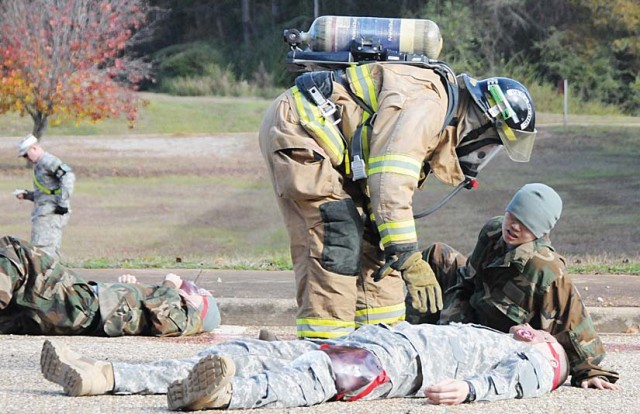
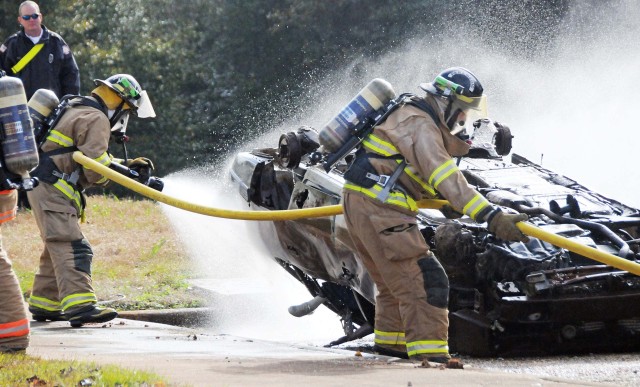
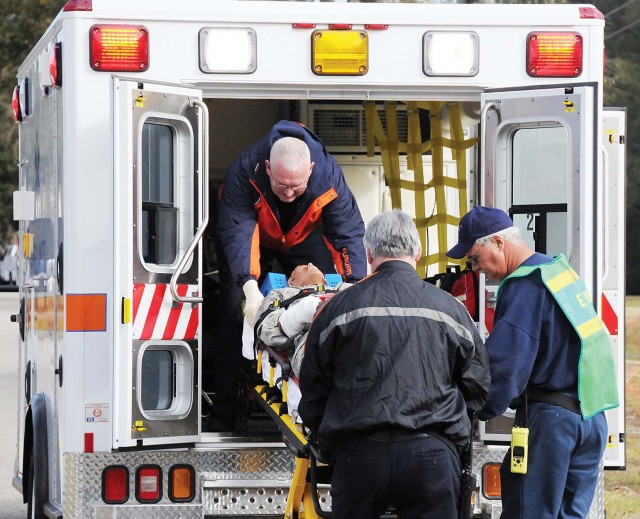
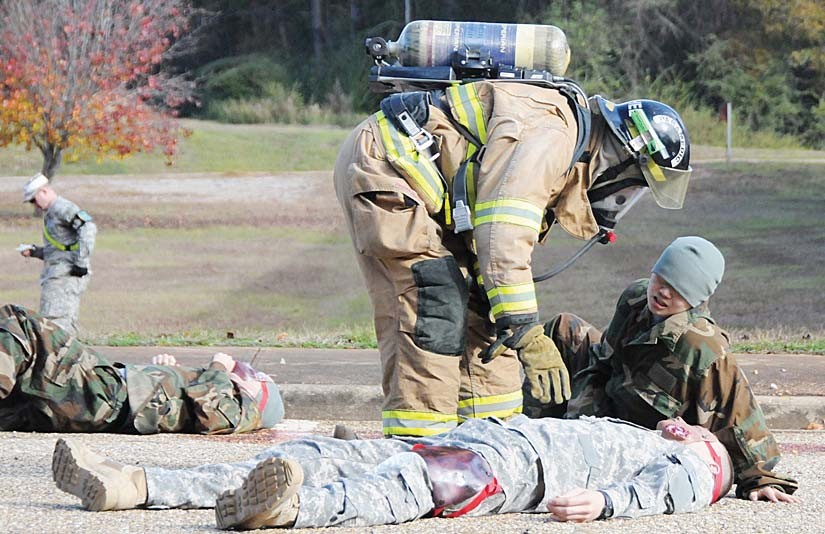
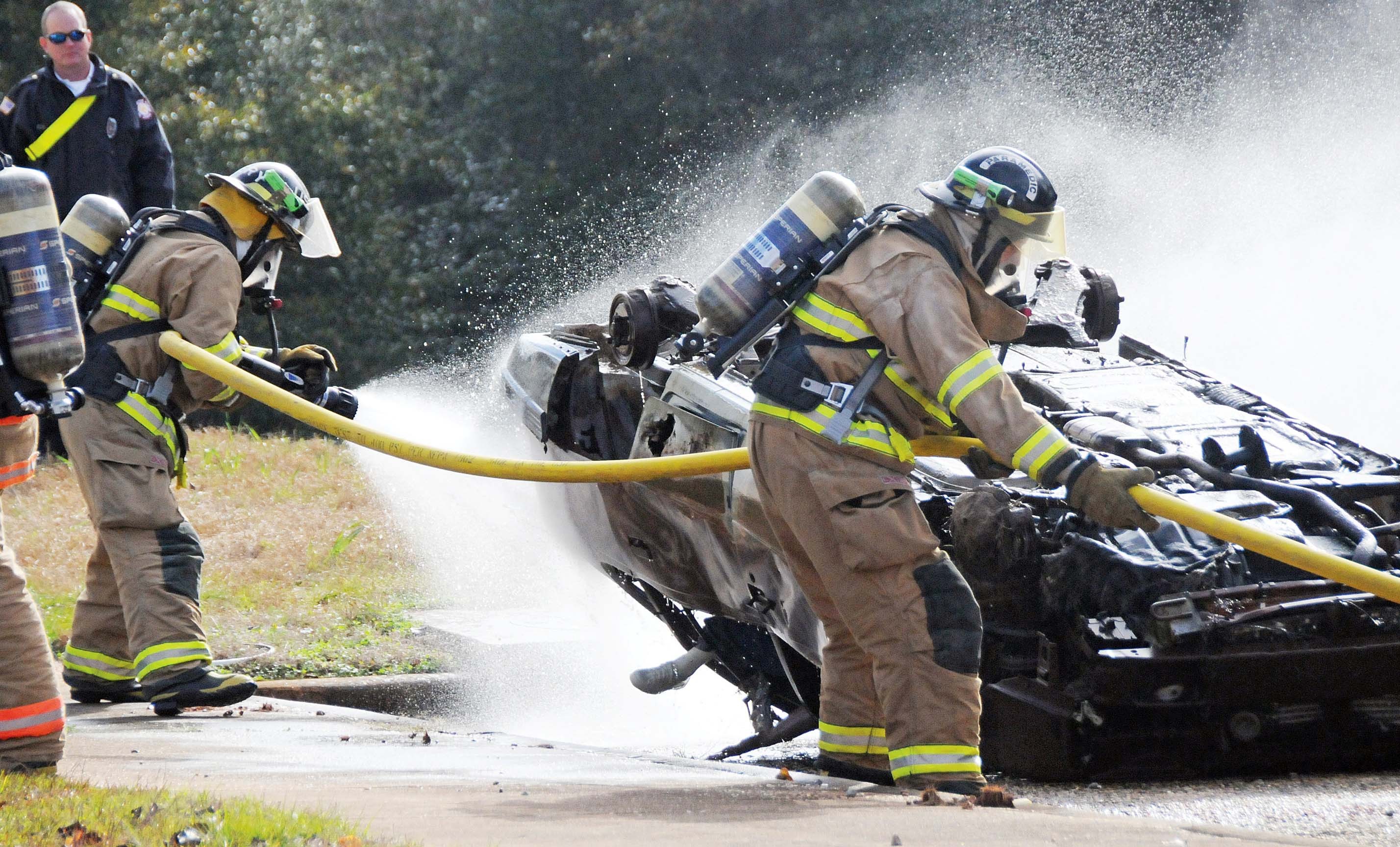
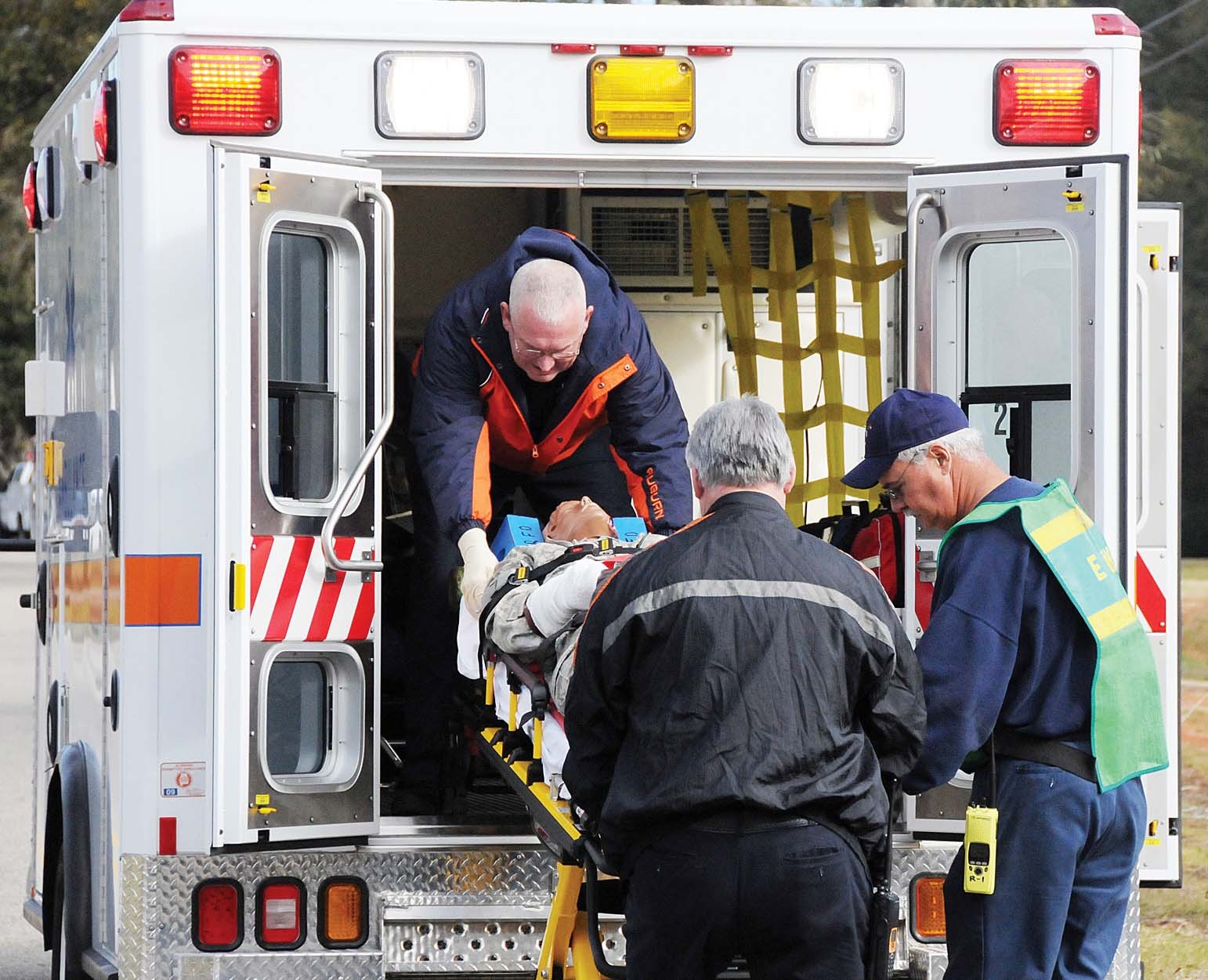
Social Sharing